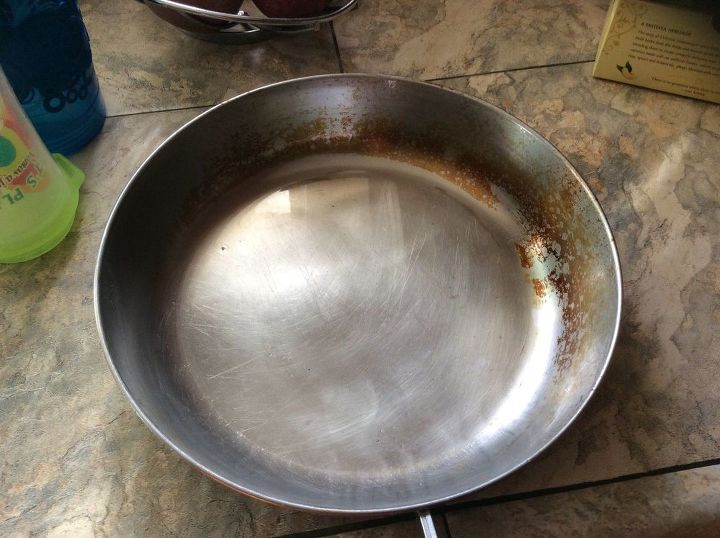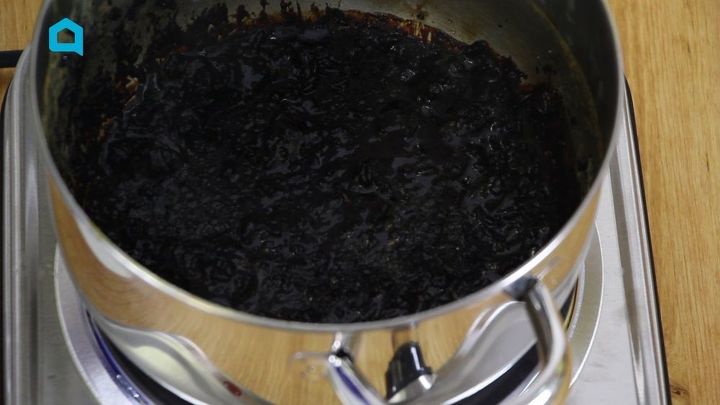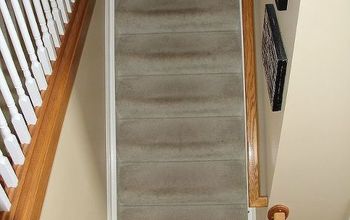How do you clean porcelain tile floor and glass subway tile walls?
Related Discussions
How to clean a mirror without streaks?
Every time I clean my mirrors, they end up having tons of streaks and almost look worse than before I started. What could I use to clean them that won't leave streaks... See more
How to clean burns on stainless steel pans?
Help! I burned my pan. How do I clean stainless steel cookware that's been burned?
How to clean hardwood floors in the kitchen?
What is the best way to clean hardwood floors in the kitchen?
How to clean my kitchen cabinets from grease?
My kitchen cabinets are embarrassingly greasy. Please share your degreasing tips with me so I don't have to cringe every time I glance at my cabinets.
What is the best way to clean a burnt pot?
I made a thick soup for winter and by accident left it on the fire for too long. Now my soup pot is basically ruined! Any hacks to help me clean the burnt pot? Need t... See more
What would cause rooms to smell like cat urine, when there are no cats in the house?
The crawl space has been checked for plumbing problems and critter invasion and has been cleared, as have the attic spaces. The odor started after the crawl space wa... See more



How do I clean porcelain tile